Description
Rinder an der Tränke by Anton Braith printed on a Sweatshirt
About the Sweatshirt
Regular fit
Standard length, the fabric easily gives into movement
Comfortable
The fabric and fit of this item are extra comfy
Tear-away tag
Easily removable tear-away tag that allows you to add a custom inside label
This Unisex Premium Sweatshirt has a classic crew neck, flattering unisex fit, and soft 100% cotton exterior.
- 100% cotton face
- 65% cotton, 35% polyester
- Charcoal Heather is 55% cotton, 45% polyester
- Fabric weight: 8.5 oz./yd.² (288.2 g/m²)
- Tightly knit 3-end fleece
- Side-seamed construction
- Self-fabric patch on the back
- Double-needle stitched rib collar, cuffs, and hem
- Tear-away label
Anton Braith (1836 – 1905)
Anton Braith was a German landscape and animal painter. He was also a professor at the Academy of Fine Arts Munich
Braith was born in Biberach an der Riß. His father was a day-laborer who later became a farm manager. As a child, Braith helped herd the cattle. In 1851, he won a scholarship to attend the Royal Art School in Stuttgart where he studied under Bernhard von Neher and Heinrich von Rustige. Later, in 1860, he and his classmate Albert Kappis moved to Munich, where they made the acquaintance of Christian Mali and became involved in several local “art colonies”.
In 1867, he travelled to Paris, together with Kappis and Mali. Several exhibitions there, in Vienna and in Munich were very successful. By 1875, Braith was able to buy a villa in Biberach. He undertook his first trip to Italy in 1884 and returned there in 1889. During the Munich Secession in 1892, Braith remained loyal to the Academy.
He was diagnosed with liver disease in 1903 and, in 1904, went to Bolzano seeking a cure. Six months before his death, he returned to his home town. As he had never married, he left his estate to the city of Biberach, which used part of his legacy to create a museum. His friend Mali died shortly thereafter and also bequeathed his estate to the city. The two are buried side by side in the Old Catholic Cemetery.
The Braith-Mali Museum is now part of an expanded museum complex that also has a large collection of works by Ernst Ludwig Kirchner.
Braith was a member of the Munich School and, after the death of Friedrich Voltz, was considered the greatest painter of animals in Germany. His primary subject was livestock, but he occasionally also painted poultry. He was the first to portray animals in large format, studio pictures. His success as a painter is often attributed to a sense of nostalgia induced by Germany’s rapidly industrializing culture.

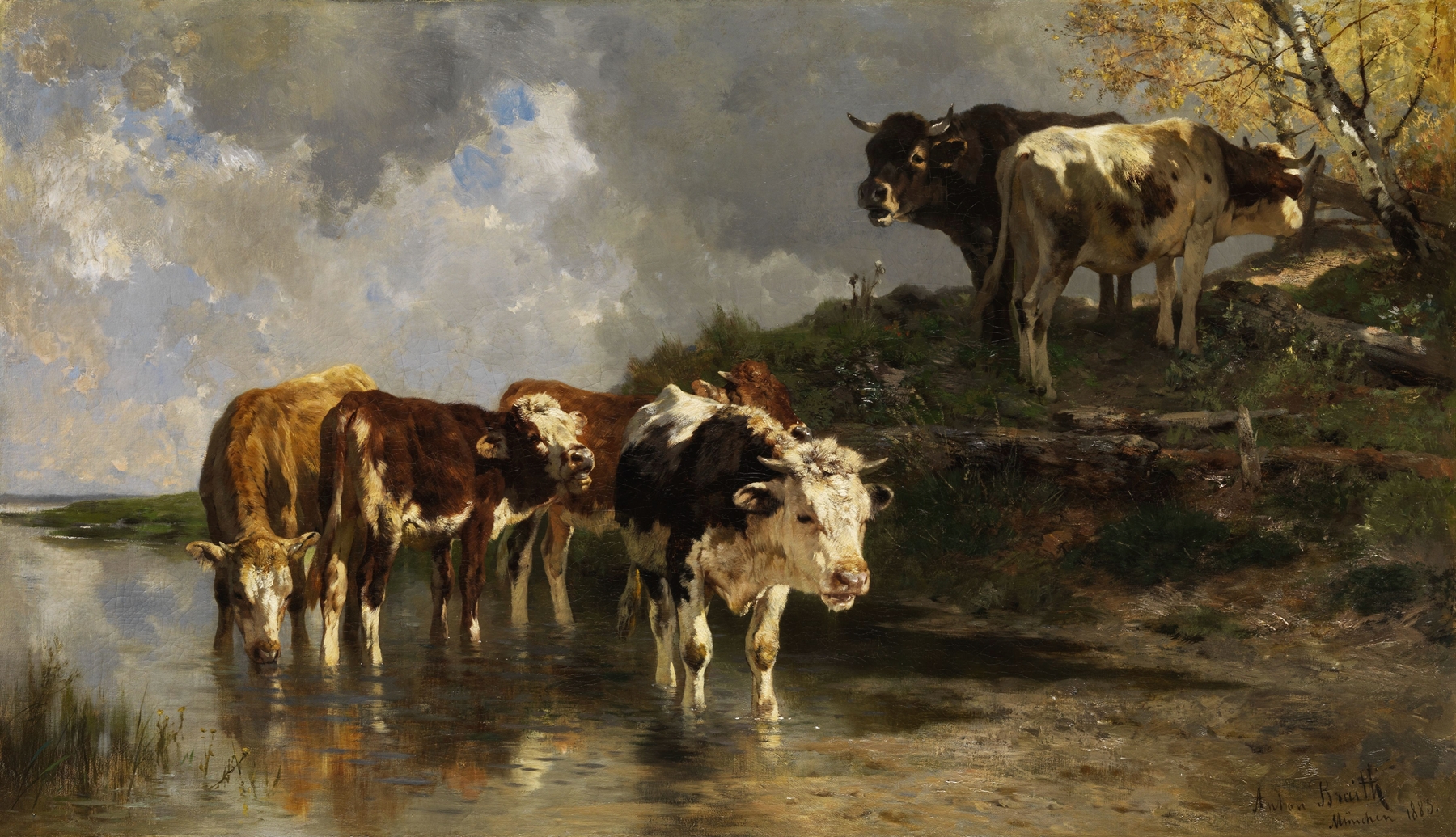
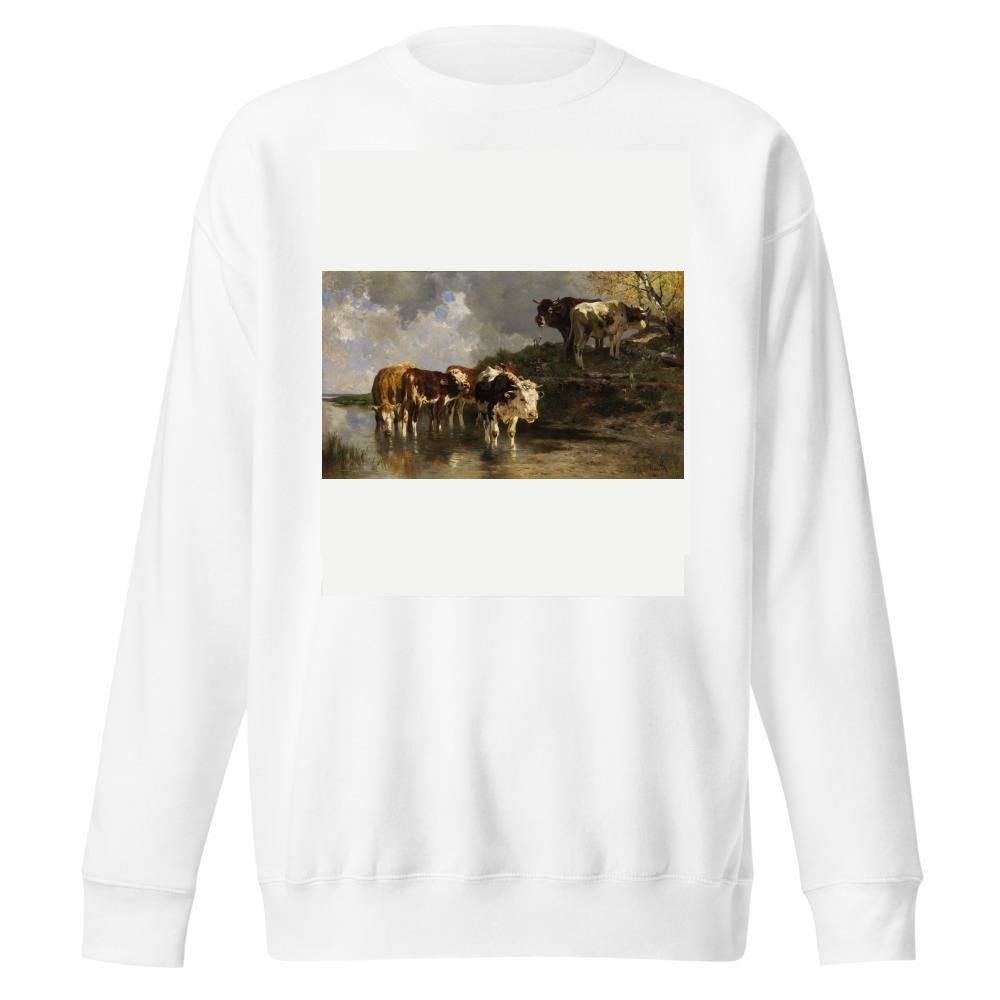
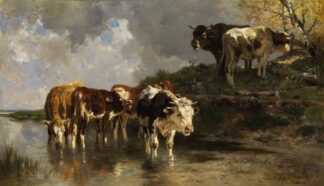
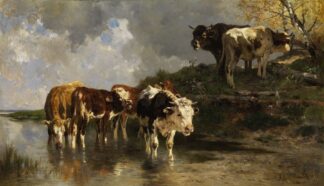
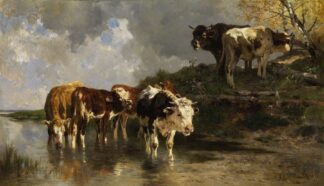
Reviews
There are no reviews yet.